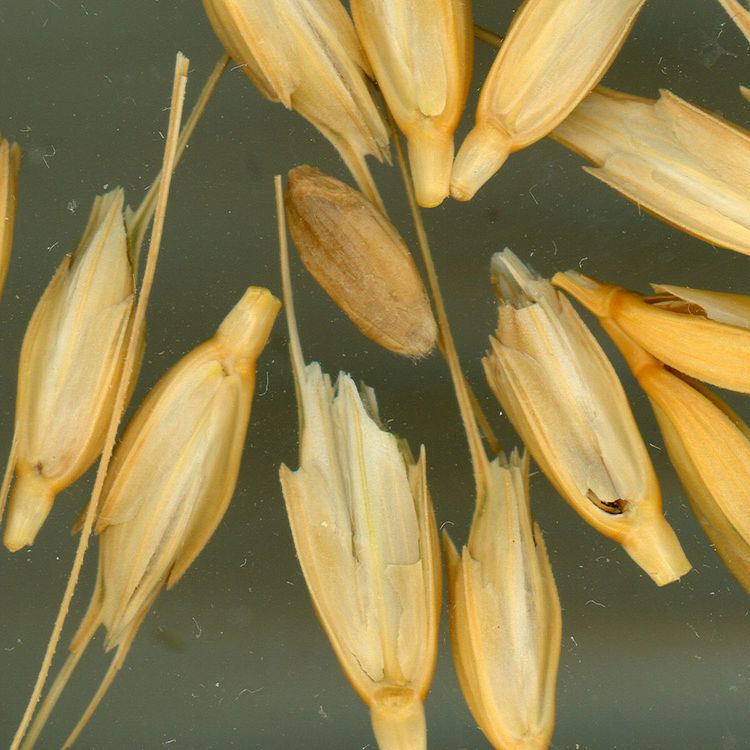 | ||
In agriculture, shattering is the dispersal of a crop's seeds upon their becoming ripe. From an agricultural perspective this is generally an undesirable process, and in the history of crop domestication several important advances have involved a mutation in a crop plant that reduced shattering — instead of the seeds being dispersed as soon as they were ripe, the mutant plants retained the seeds for longer, which made harvesting much more effective.
A particularly important mutation that was selected very early in the history of agriculture removed the "brittle rachis" problem from wheat. A ripe head ("ear") of wild-type wheat is easily shattered into dispersal units when touched, or blown by the wind, because during ripening a series of abscission layers forms that divides the rachis into short segments, each attached to a single spikelet (which contains 2–3 grains along with chaff).
A different class of shattering mechanisms involves dehiscence of the mature fruit, which releases the seeds.
Current research priorities to understand the genetics of shattering include the following crops:
Sesame and canola are harvested before the seed is fully mature, so that the pods do not split and drop the seeds.
